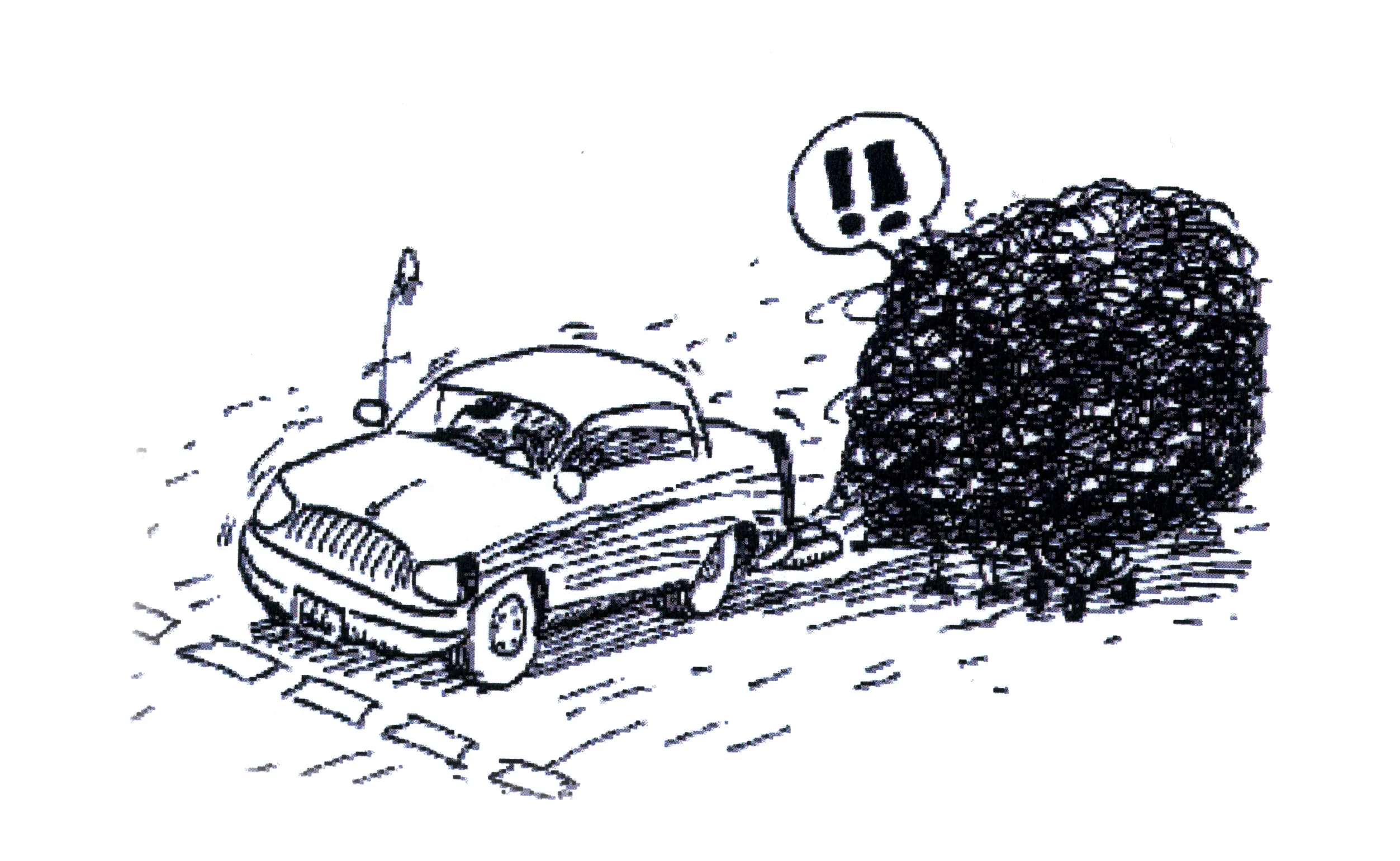The annual societal cost of traffic crashes is $299.5 billion, more than three times the $97.7 billion cost of congestion, according to a report released by the American Automobile Association (AAA). Its "Crashes vs. Congestion – What's the Cost to Society?" report highlights the overwhelming and far-reaching economic impacts traffic safety crashes have on the nation and encourages policymakers at all levels of government to ensure safety is a top priority.
April 26, 2012
Read time: 3 mins
RSSThe annual societal cost of traffic crashes is $299.5 billion, more than three times the $97.7 billion cost of congestion, according to a report released by the 5286 American Automobile Association (AAA). Its "Crashes vs. Congestion – What's the Cost to Society?" report highlights the overwhelming and far-reaching economic impacts traffic safety crashes have on the nation and encourages policymakers at all levels of government to ensure safety is a top priority.
"The burdens associated with congestion are top of mind for many Americans as they travel to and from work each day," said AAA president and CEO Robert L. Darbelnet. "However, at US$300 billion annually, crashes cost our society more than three times the amount of congestion. This report further underscores the importance of a long-term, multi-year federal transportation bill that will provide the necessary and sustained investments that lead to better and safer roads for all Americans."
According to the study conducted for AAA by Cambridge Systematics, the overall cost of crashes ($299.5 billion) equates to an annual per person cost of $1,522, compared to $590 per person annually for congestion ($97.7 billion overall). The cost of crashes are based on the2410 Federal Highway Administration's comprehensive costs for traffic fatalities and injuries that assign a dollar value to a variety of components, including medical and emergency services, lost earnings and household production, property damage, and lost quality of life, among other things.
The report calculates the costs of crashes for the same metropolitan areas covered by the annual Urban Mobility Report conducted by the2347 Texas Transportation Institute. The results showed crash costs exceeded congestion in every metropolitan area studied, from very large to small. For very large urban areas (populations of more than three million), crash costs are nearly double those of congestion. Those costs rise to nearly six times congestion costs in small urban areas (populations less than 500,000) where motorists face less congested conditions.
"Almost 33,000 people – 635 per week – die on US roadways each year and that's unacceptable," said Darbelnet. "While the decline in traffic fatalities in recent years signifies a positive trend, our work is far from over. Continued progress will require active and focused leadership, improved communication and collaboration, and an investment in data collection and evaluation to make sure we're addressing the nation's most serious safety challenges."
"The burdens associated with congestion are top of mind for many Americans as they travel to and from work each day," said AAA president and CEO Robert L. Darbelnet. "However, at US$300 billion annually, crashes cost our society more than three times the amount of congestion. This report further underscores the importance of a long-term, multi-year federal transportation bill that will provide the necessary and sustained investments that lead to better and safer roads for all Americans."
According to the study conducted for AAA by Cambridge Systematics, the overall cost of crashes ($299.5 billion) equates to an annual per person cost of $1,522, compared to $590 per person annually for congestion ($97.7 billion overall). The cost of crashes are based on the
The report calculates the costs of crashes for the same metropolitan areas covered by the annual Urban Mobility Report conducted by the
"Almost 33,000 people – 635 per week – die on US roadways each year and that's unacceptable," said Darbelnet. "While the decline in traffic fatalities in recent years signifies a positive trend, our work is far from over. Continued progress will require active and focused leadership, improved communication and collaboration, and an investment in data collection and evaluation to make sure we're addressing the nation's most serious safety challenges."








